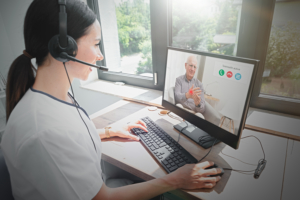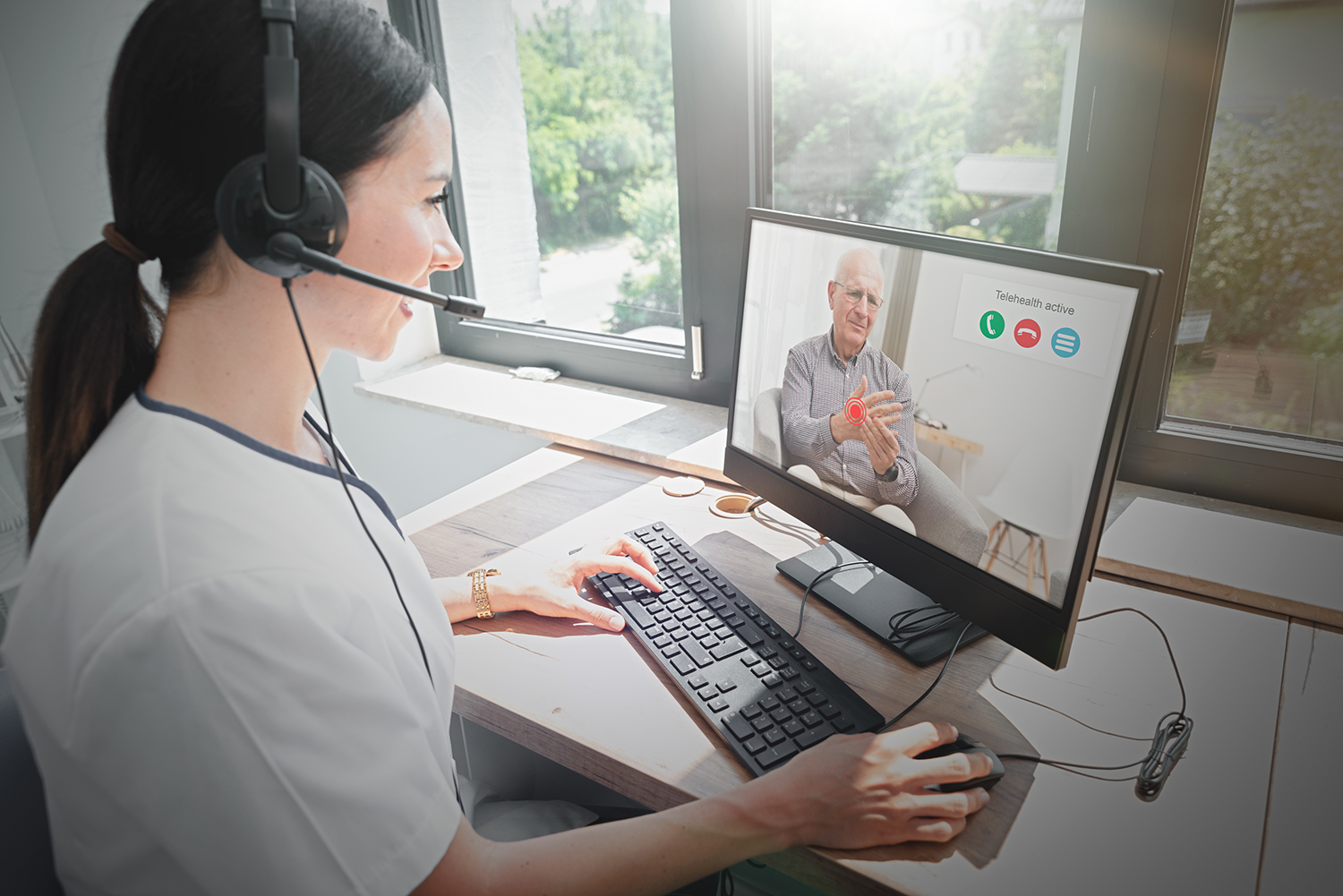
The world as we know it has changed rapidly and dramatically in the last few months. Normalcy is but a memory at this moment in time.
People are losing their jobs, businesses are closing, people are struggling, and some are dying. This is truly a sad time in history because of COVID-19. But, better days are ahead, and we will survive. I’m convinced that it is important though to take note of what’s ahead. Our future world will be filled with significant changes.
We have entered into a new industrial revolution. That is evident. Our lives and our businesses are destined to be forever more technology-oriented than we may be anticipating. In the near future, we will do business in different ways.
COVID-19 is ushering in a new industrial revolution that will revolve around the merging of technology, science, research and health care. The role of health technology overall will be a permanent change. Additionally, the partnering of health-related research, science and technology has unleashed more creativity and innovation than world leaders could have ever envisioned only a few months ago.
It is astounding to consider some of the innovation that has occurred and a little overwhelming to ponder how it will impact our lives and our work. Health tech, or digital health, which involves the use of databases, applications, mobile apps, wearables and more to improve delivery, payments and services will spill over into all other types of other services and deliverables.
Artificial intelligence (AI) that scans millions of health records in minutes, 3-D printing of health equipment, hands-free door opening devices for individuals, big data analysis, wrist mounted disinfectant sprays, snood masks with antiviral coating, drones that disinfect large air spaces or carry sensors with thermal testing capabilities – these are but a few of the new innovations that will impact our future.
Men and women with COVID-19 symptoms today are being serviced through drive-thru testing sites, and some will be instructed to connect remotely with a doctor. Other citizens may be measured through apps for health metrics such as temperature and blood pressure. A physician will be alerted if the readings are abnormal.
Telehealth and telemedicine have existed for years, but both are critical components of service delivery today. Access to both services will be in higher demand tomorrow. Telehealth encompasses a broader scope of remote services, and telemedicine refers specifically to remote clinical services. Both will be heavily funded in the coming years.
Data capture will be more comprehensive in 2020, and funding for big data analysis will be enhanced significantly by 2021. Scientists and researchers already are using massive amounts of data to develop vaccines, new medicines, and quicker testing options. Scientists also are using big data along with technology to develop protections to shield people from future diseases.
Logistics related to supplies and equipment are being measured, distributed and tracked by technology. Containing COVID-19 is being driven by people and the world’s technology capabilities.
Congress has appropriated historic amounts of funding, and more is promised. Telehealth and telemedicine will be utilized throughout the country because both are absolute necessities.
Approximately $200 million was appropriated by Congress for the COVID-19 Telehealth Program. Millions more is available for broadband connectivity, network equipment, and information services. Hospitals were allocated $100 billion, and much of that will be spent on technology and telehealth. Cities, counties, and state agencies are receiving millions, and as that funding is allocated most of it will be used for data capture and citizen services.
Rural areas of the country will finally get much-needed critical technology infrastructure. The Rural Digital Opportunity Fund, which represents about $20.4 billion, is available to communities over the next decade, and up to $16 billion will be made available for what is being called Phase I of the Rural Digital Opportunity Fund auction. That phase of funding is targeted to begin October 1. Phase 2 of the program will roll into 2021.
Citizens throughout the U.S. will soon experience the streamlining and expansion of digital infrastructure. Government officials now may choose from a virtual sea of meeting apps in order to conduct public business with transparency while maintaining social distancing.
Public meetings today are virtual and electronic. The need for remote interaction is hastening both the need and demand for 5G expansion and federal funding is available for it. The Internet of Things (IoT), artificial intelligence (AI), and telehealth will all receive funding. Smartphones, which were more than common before the virus, will quickly become a requirement for every individual.
Public safety will never be the same after COVID-19 and for the immediate future, and law enforcement oversight will include health-related mandates.
Drones are being used in many parts of the world to help officials track individuals impacted by COVID-19. Smartphones also can, with authorization, track suspected COVID-19 carriers. There’s even a new smartphone app that allows authorities to identify those who have been exposed to COVID-19 as well as individuals who have tested positive for coronavirus.
In China, drones are being used to not only deliver medical samples between hospitals but also to spray disinfecting chemicals in public places and to monitor fever in large gatherings of people. The technology used for this type of surveillance involves thermal imaging.
Universities and research labs will be more heavily funded in the future and new career paths will become attractive to students interested in science and technology. Venture capitalists will focus on emerging health-related technology, and there’s no doubt that an exciting industrial revolution has begun. The next decade of innovation will revolve around advancements in health care, but technology advancements that resulted because of COVID-19 will expand industry boundaries far beyond what we previously thought possible. The world of tomorrow, hopefully, will be a better and safer place for everyone.
SPI’s government contracting consultants assist firms of all types in selling to government. Contact them today.







